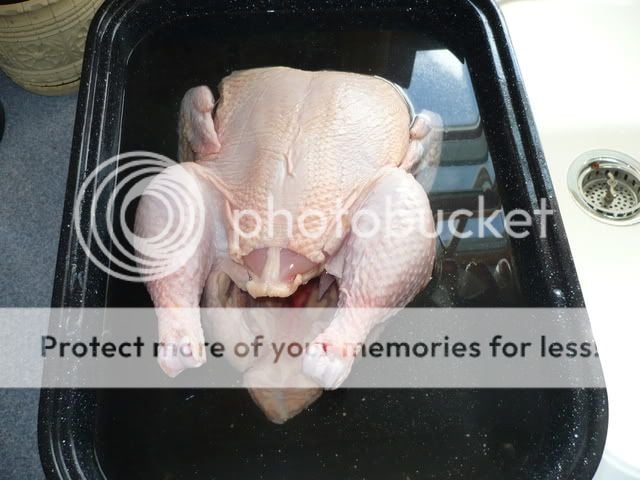Sex won't matter on the Cornish X. You'll have a slight variation in size at 8 weeks, but you'll barely be able to tell the males from the females. The FCR is same for each. The females just eat at a slower ate of consumption.
I only raise Colored Range Broilers msyelf and process at 9.5 to 10.0 weeks. An extra four weeks doesn't match my experiences.
Also, the Colored Range Broilers are not the "Red" or "Black" broilers some hatcheries sell. Those are just slow cornish with different feather color. If you've never raised broilers before, I would do Cornish X's just so you know what the baseline is which people compare against.
One final note. They all cost you teh same to raise in feed. The FCR's are essentially identical and ARE identical if you take into account the typical feed wastage for a small farmer. The traditional CornishX are eating $$$ worth of food in X days; whereas alternative broilers are eating $$$ worth of food in Y days.
I only raise Colored Range Broilers msyelf and process at 9.5 to 10.0 weeks. An extra four weeks doesn't match my experiences.
Also, the Colored Range Broilers are not the "Red" or "Black" broilers some hatcheries sell. Those are just slow cornish with different feather color. If you've never raised broilers before, I would do Cornish X's just so you know what the baseline is which people compare against.
One final note. They all cost you teh same to raise in feed. The FCR's are essentially identical and ARE identical if you take into account the typical feed wastage for a small farmer. The traditional CornishX are eating $$$ worth of food in X days; whereas alternative broilers are eating $$$ worth of food in Y days.



